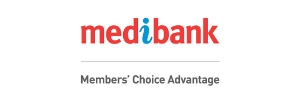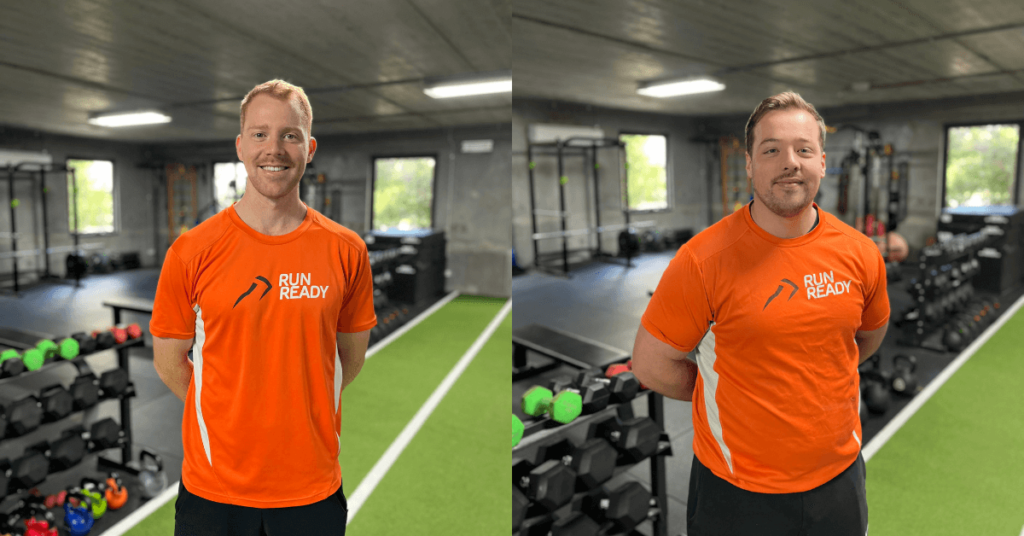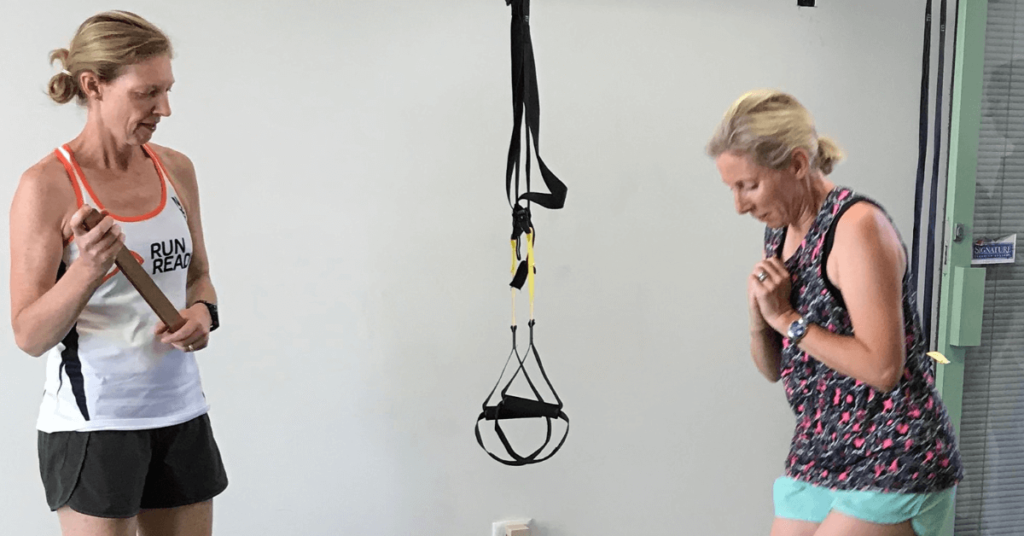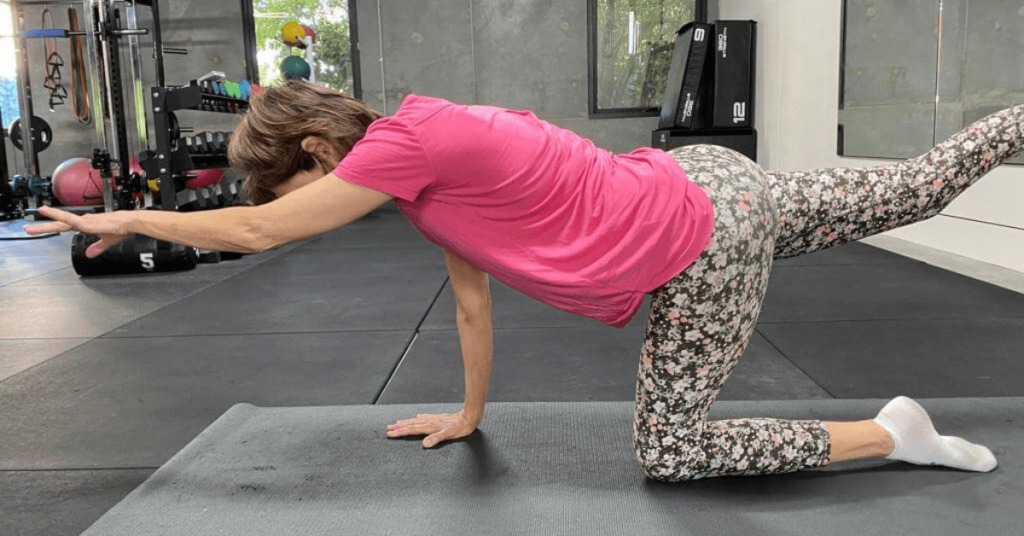Top 5 Strength and Conditioning Coach Skills
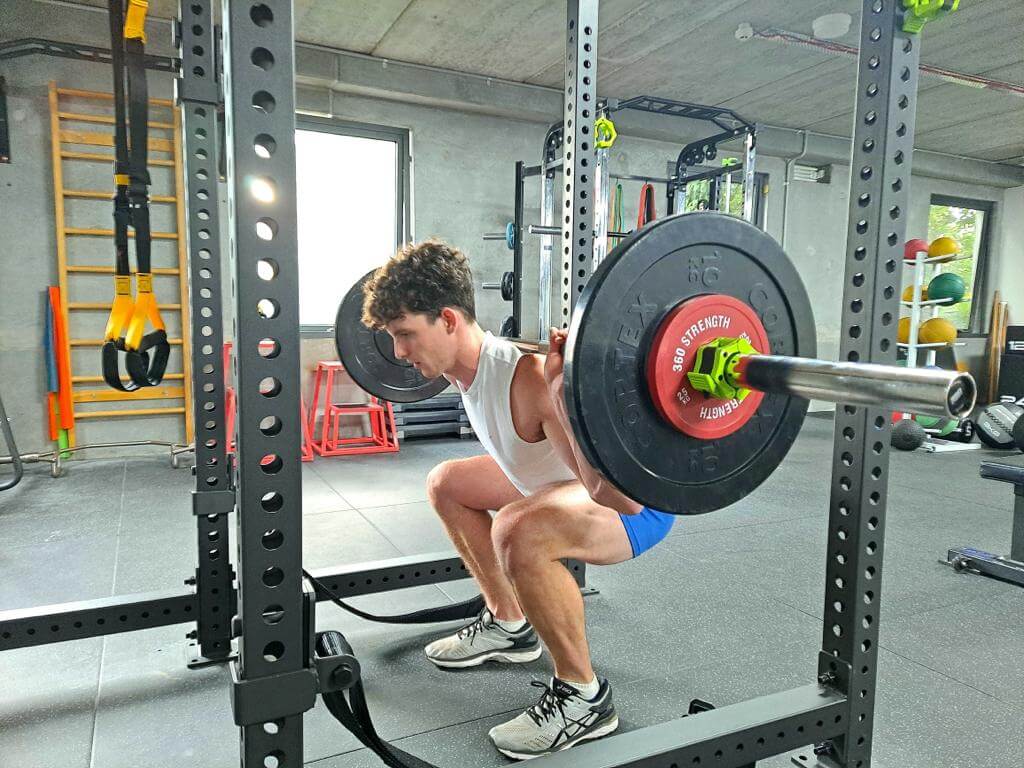
An operative strength and conditioning coaching is a significant component of achieving peak athletic performance.
The responsibilities and basic skills required for effective practice are considered to start when learning about constructive strength and conditioning coaching. Strength and conditioning coaches are initially concerned with helping athletes improve their physical, mental, and emotional abilities.
So what makes a good strength and conditioning coach? The five skills of a strength and conditioning coach that lead to success are influencing and building on actual coaching. The “intangible” attributes that constitute functional strength and conditioning coaches are interpersonal interactions, leadership, and systems-building.
Ultimately, you should be able to think consciously and methodically.
What kind of trainer are you? What skill sets enable you to practise in the manner that you do? Have you assessed your strengths, weaknesses, opportunities, and threats? It can be enhanced by asking oneself these types of questions. It would be best if you discovered your powers before focusing on them. Perhaps your coaching style is more soft and supportive, which can also be effective. Whatever the case, you must devote time and effort to determining your coaching approach and what works best for you.
A reflective notebook can bring to light a sense of self-awareness. Consider how you performed after each session. What did you perform well in the session, what would you alter, and what were your reasons, evidence, and experience? Self-awareness can aid in matching your personality to a coaching style that complements your skills. Because it helps you be more honest with the athletes you serve, this alignment can help you take your coaching to new heights. Athletes can usually tell when a coach is lying. Your athletes notice if you’re attempting to be someone, you’re not. Have you discussed what is required of you in your role with your peers or superior? Understanding your function and how to fulfil it properly is essential.
It reflects the ability to absorb knowledge from sources and put it together so that people can comprehend through objective comprehension and evaluation. It takes work to be a good communicator. You must position yourself to be heard and accept feedback gracefully. To execute your work, you must reach out and make contacts with other coaches and athletes. There are two types of communication in strength and conditioning: communication in preparation and throughout the workout. Communication during trial is similar to getting information on how an athlete performs.
During such “why” speeches, the most considerable approach to getting an athlete’s attention is first listening to them and their issues. The same holds while working with different coaches. Please keep an open mind and listen to their reasons. Maintaining an open mind to new ideas and actively seeking information is critical to your coaching success.
A strength and conditioning coach is frequently the glue that keeps many crucial support employees together, for better or ill. So, how do you assemble a performance team that collaborates to improve everyone’s athlete service? Reach out, listen, and make adjustments. The most critical parts of session communication are listening and being heard. You must be flexible and willing to consider an athlete’s viewpoint. One component is creating an environment where the athletes want to listen to you.
Break new ground, put forth new ideas, express new ways of thinking, pose novel questions, and rely on synthesis and discipline.
Do not appear. Arrive. Declare your presence. Ask inquiries, be on time, and mentally immerse yourself in each situation. The secret to your success is being there and asking pertinent questions. As previously indicated, this is a difficult task. When the going gets difficult, your ambition will get you through it. Arrive, stay present, and keep going.
Observe. Observe, research, and then use what you’ve learned. You can learn something from an instructor you meet, whether you’ve been doing strength training for 20 years or this is your first unpaid internship. Examine how they engage with their athletes, what alterations they make, and which movements they choose. Pay attention to how your athletes react. Are they in discomfort or have painful muscles? Do they have too much training? Keep track of all the different stimuli they encounter while training. You will be able to thoroughly see the training system once you have become accustomed to making these continual observations.
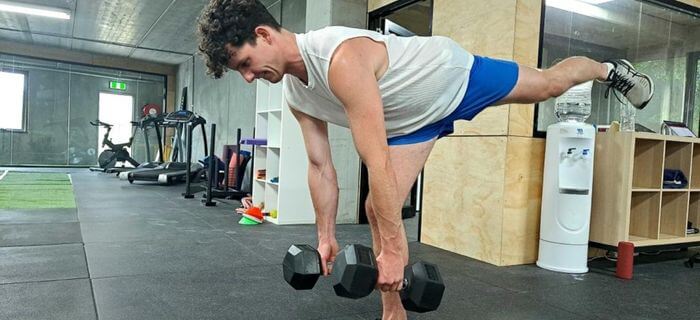
It entails the ability to comprehend and collaborate well with others. A coach’s job requires some improvisation. The situation is frequently dynamic, and numerous game-time decisions must be made. Every session, you must make theoretical, practical, safe, and customised decisions. It requires practice and experience to make these decisions correctly. A lot of training, like good improv, can help coaches become better at adapting. Adapting, turning, and remaining flexible are essential talents.
Quick, accurate, and effective decision-making is required. It requires planning: recalling a previous close call and preparing ahead of time to use an upper-body-only regimen if your athlete suffers an unanticipated ankle sprain. Prepare a communication strategy. Make an effort to comprehend the perspectives of your athletes. If an athlete is injured, a good coach will cancel the session. A great coach will assess the injury to make the best decision for the player.
A considerable strengthening and conditioning coach must be open to new learning opportunities and be developing, just like a good communicator. Beyond the acute training session, a great coach must stay open to new learning possibilities and be ever-evolving. Collaboration is nearly difficult if a coach is unwilling to be flexible, as previously indicated. In Strength and Conditioning, many helpful strategies are crucial to avoid subscribing to just one.
Becoming a fitness coach doesn’t take much, but not everyone can become one. Passion for physical activity is a must for any competent fitness trainer. You need to be physically healthy and well-versed in various forms and methods of exercise. Having at least a fundamental grasp of nutrition and biomechanics is crucial. The most effective fitness instructors hold an associate’s or bachelor’s degree in a pertinent subject, such as exercise science. If you want to assist customers to achieve their fitness objectives through exercise, diet, and lifestyle changes, you’ll need excellent communication and interpersonal skills. If you want to stand out from the hundreds of personal strength trainers around, earning a professional certification is another method to distinguish yourself from the competition and advance in your chosen field.
Conclusion
Strength and conditioning exercises can be combined with character-building activities and collaboration. Successful strengthening and conditioning coaches can cultivate a culture around a well-planned and effective programme. They meet the requirements of their position while also providing the intangibles that any head coach or athlete seeks.
Functional strength and conditioning coaching is a complicated set of behaviours requiring expertise in these areas. This viewpoint is supported by the five (5) minds approach, which provides a framework for evaluating existing practices and identifying professional development possibilities. As a result, coach education must go beyond traditional subject knowledge approaches to include the fundamental features of all five minds that influence coach and athlete performance. These skills assess their professional growth plans against a larger body of information and abilities.

